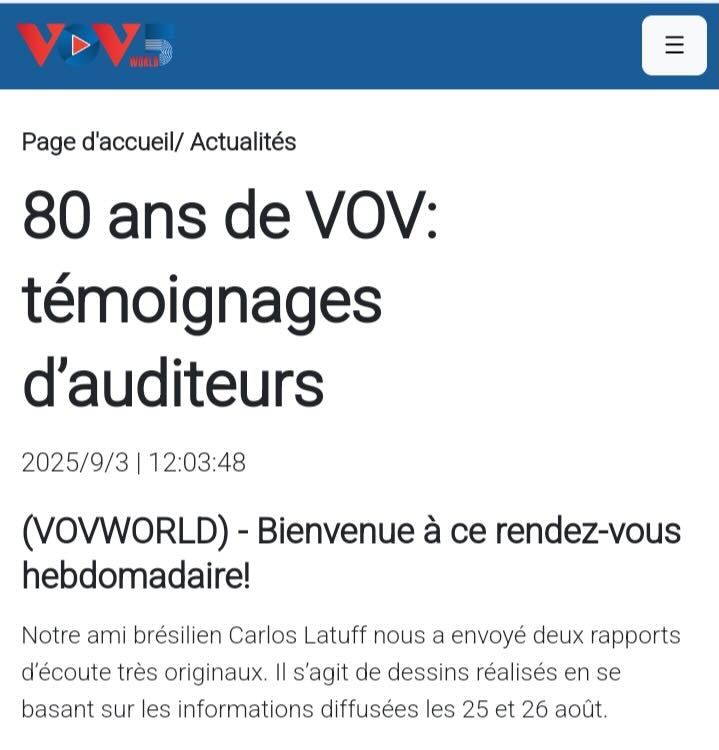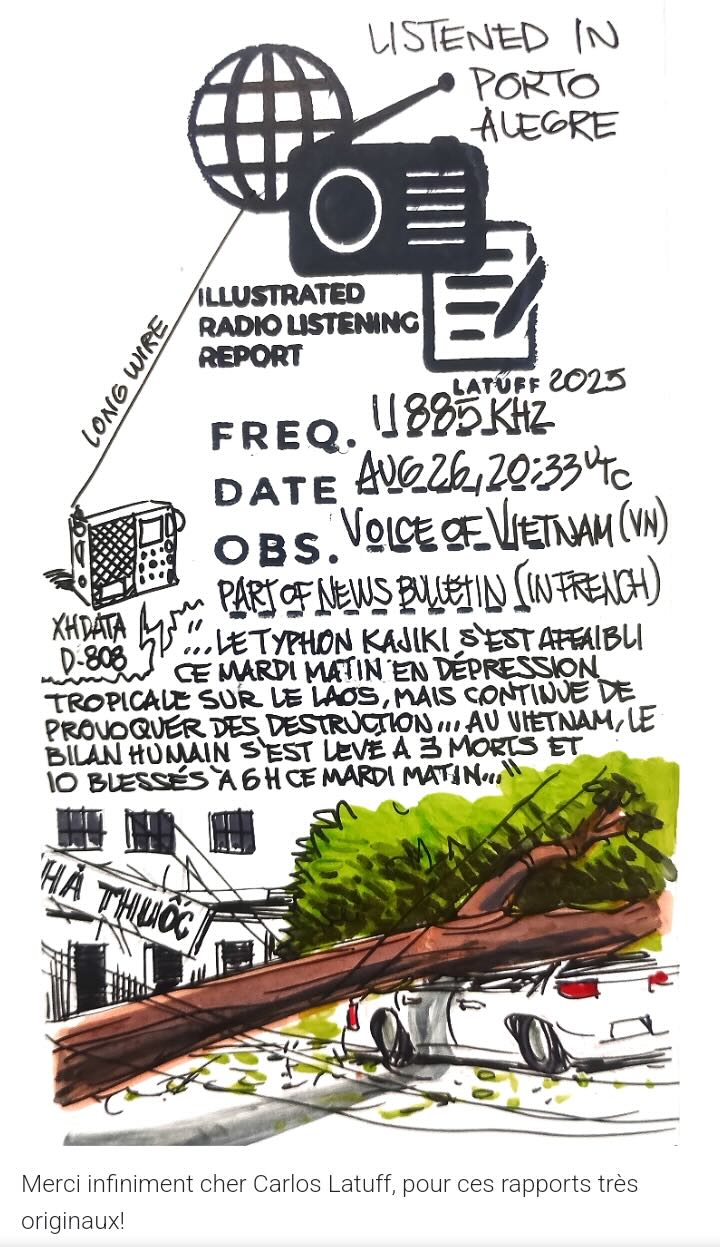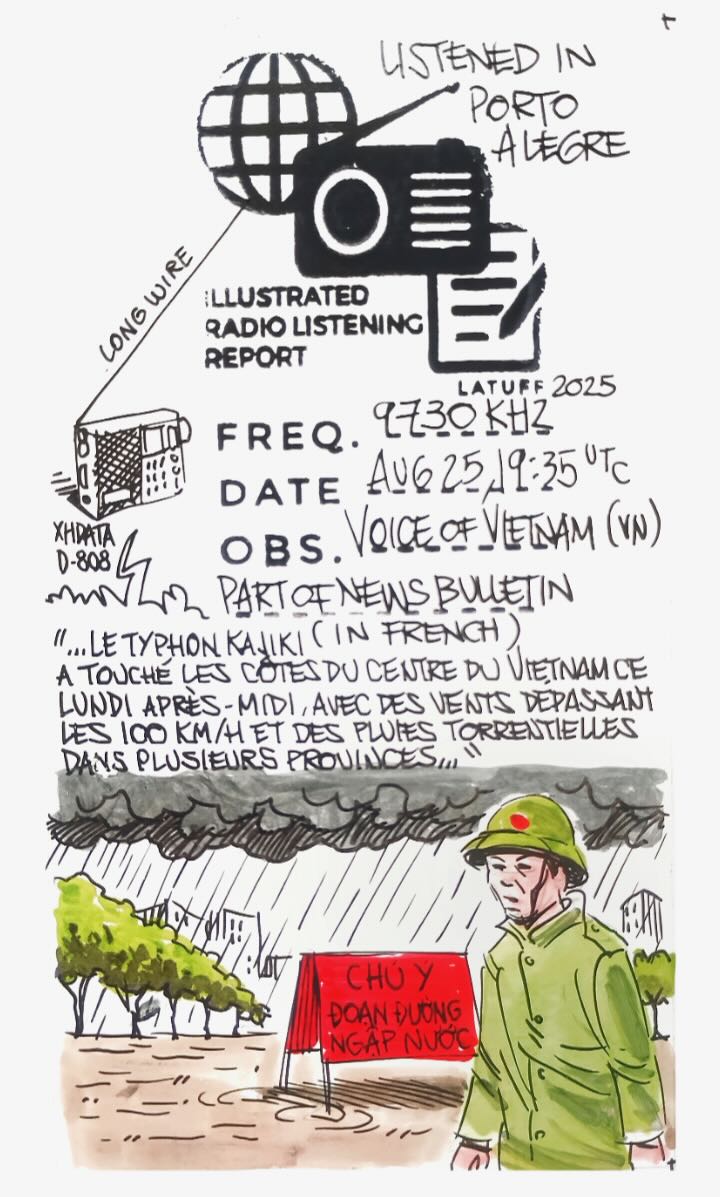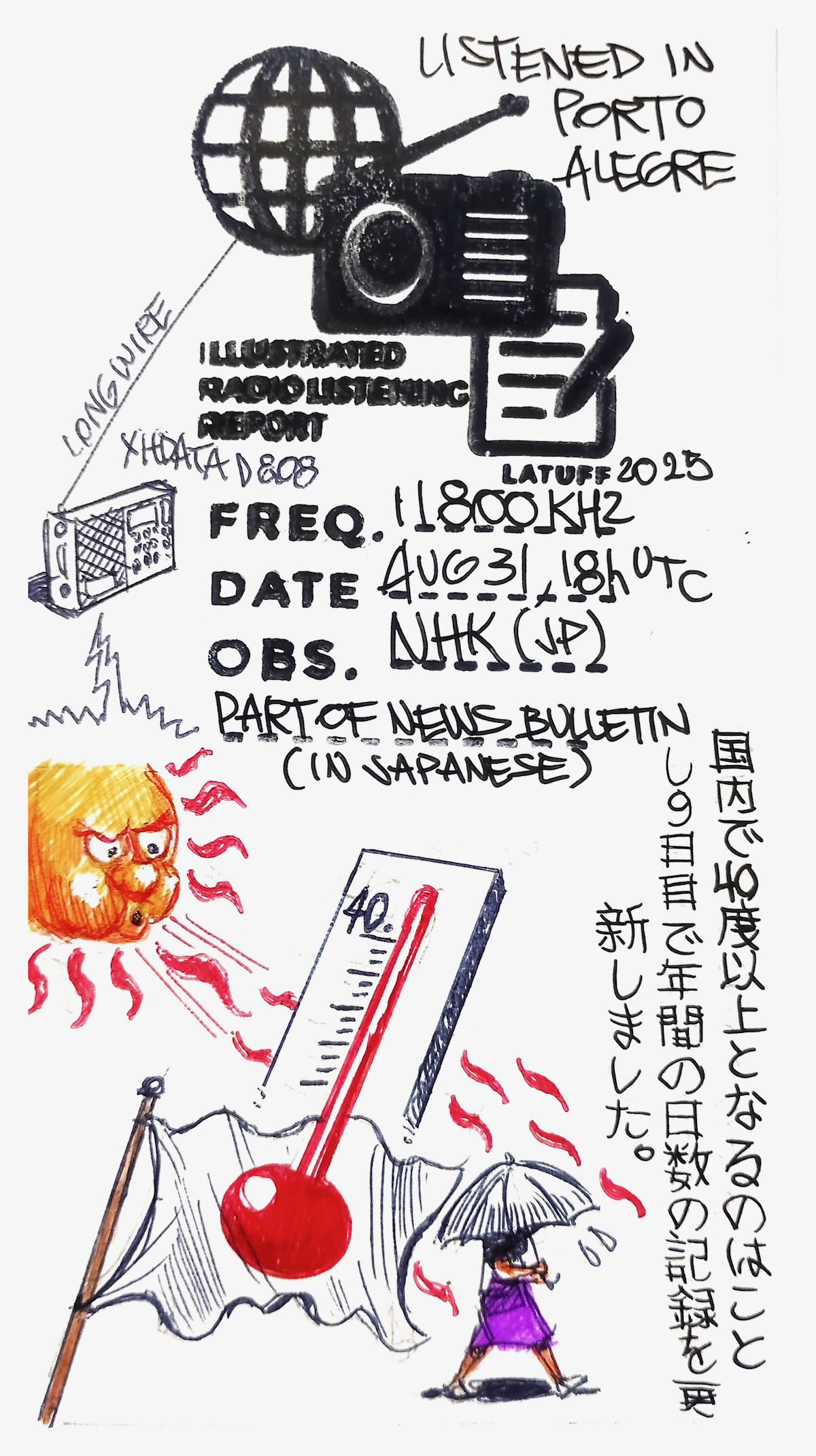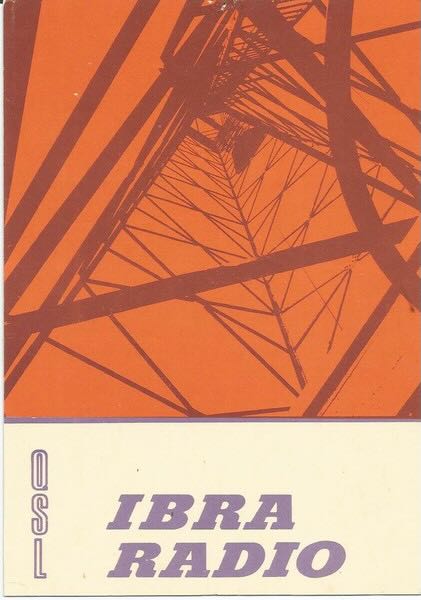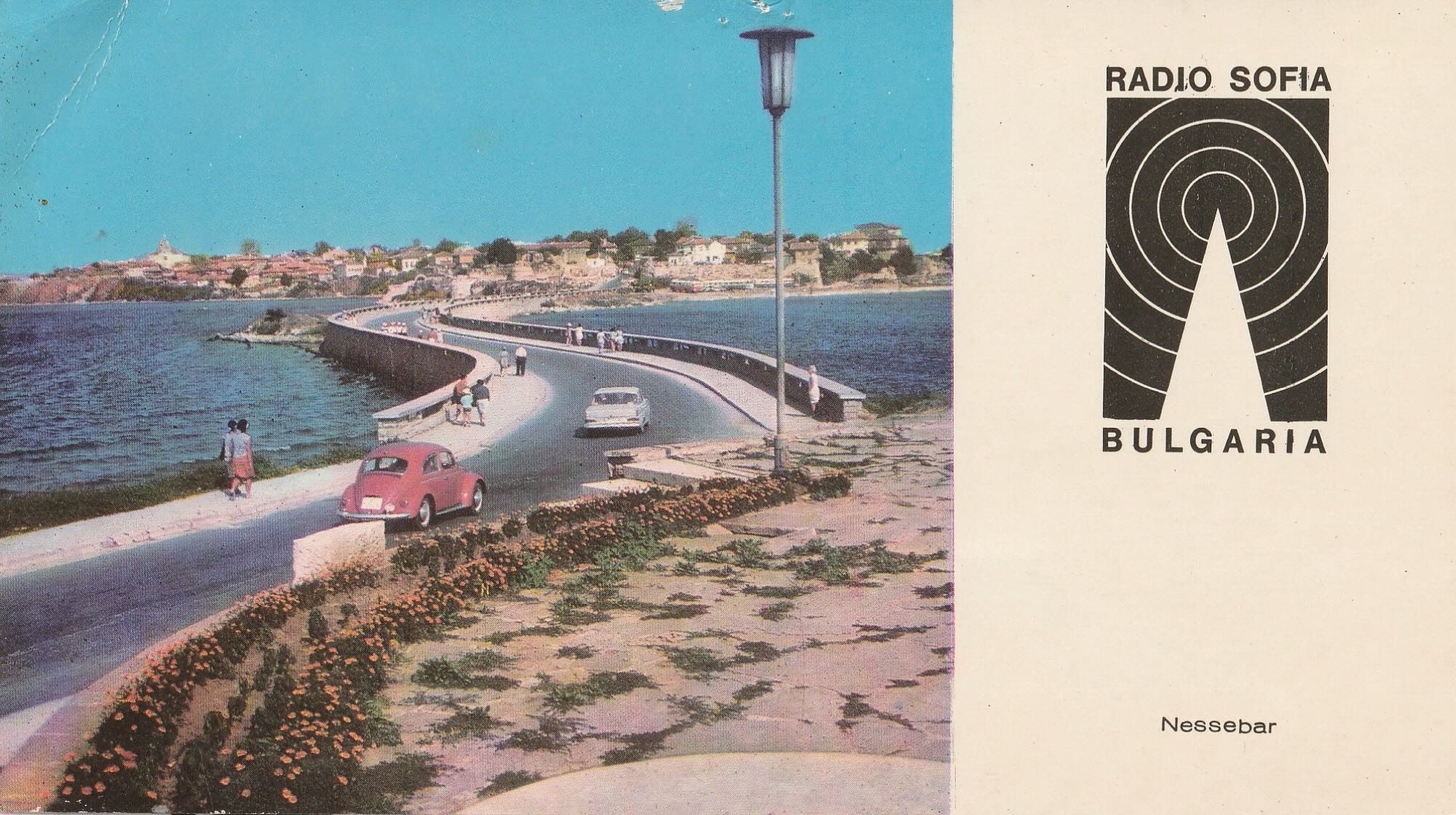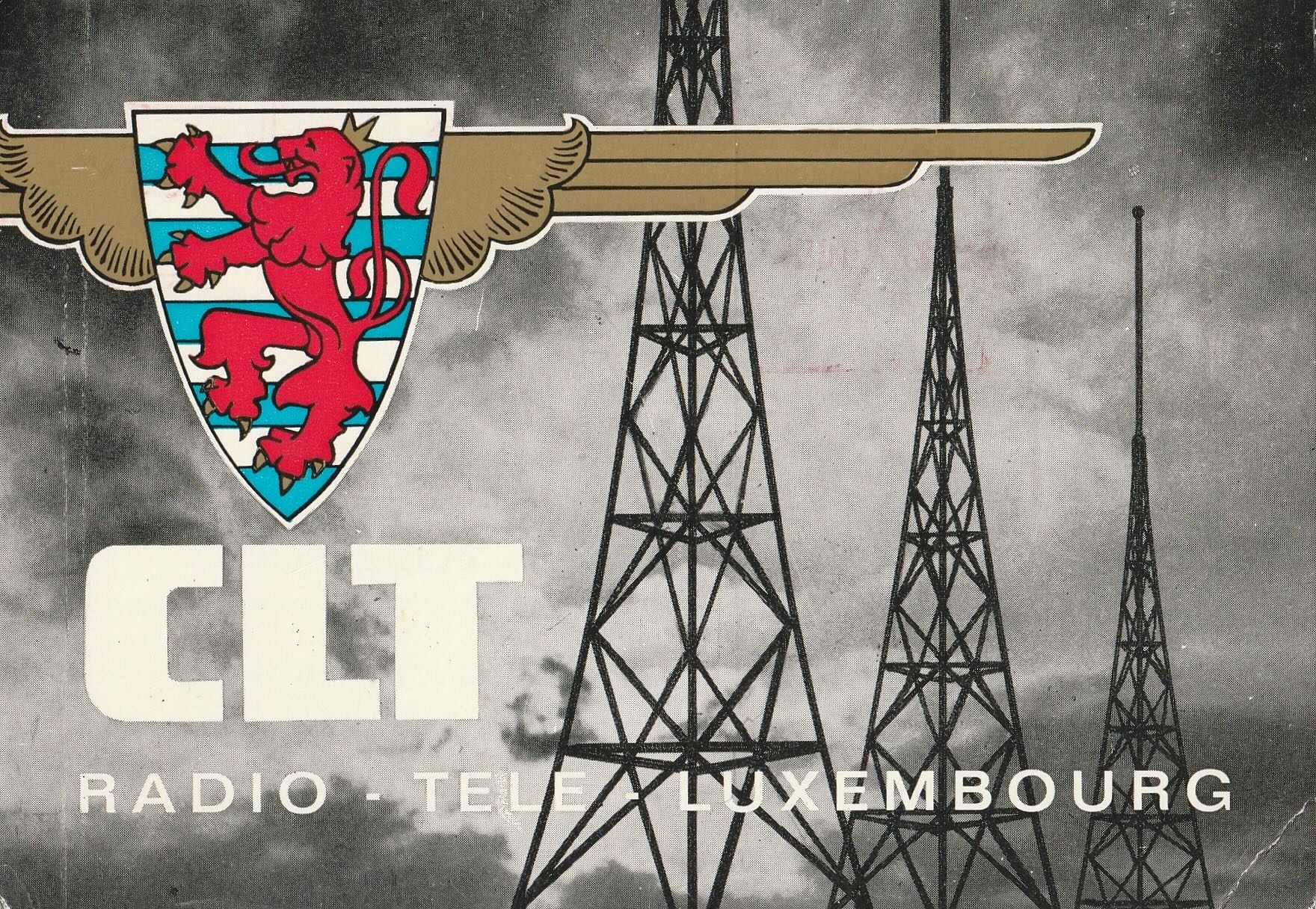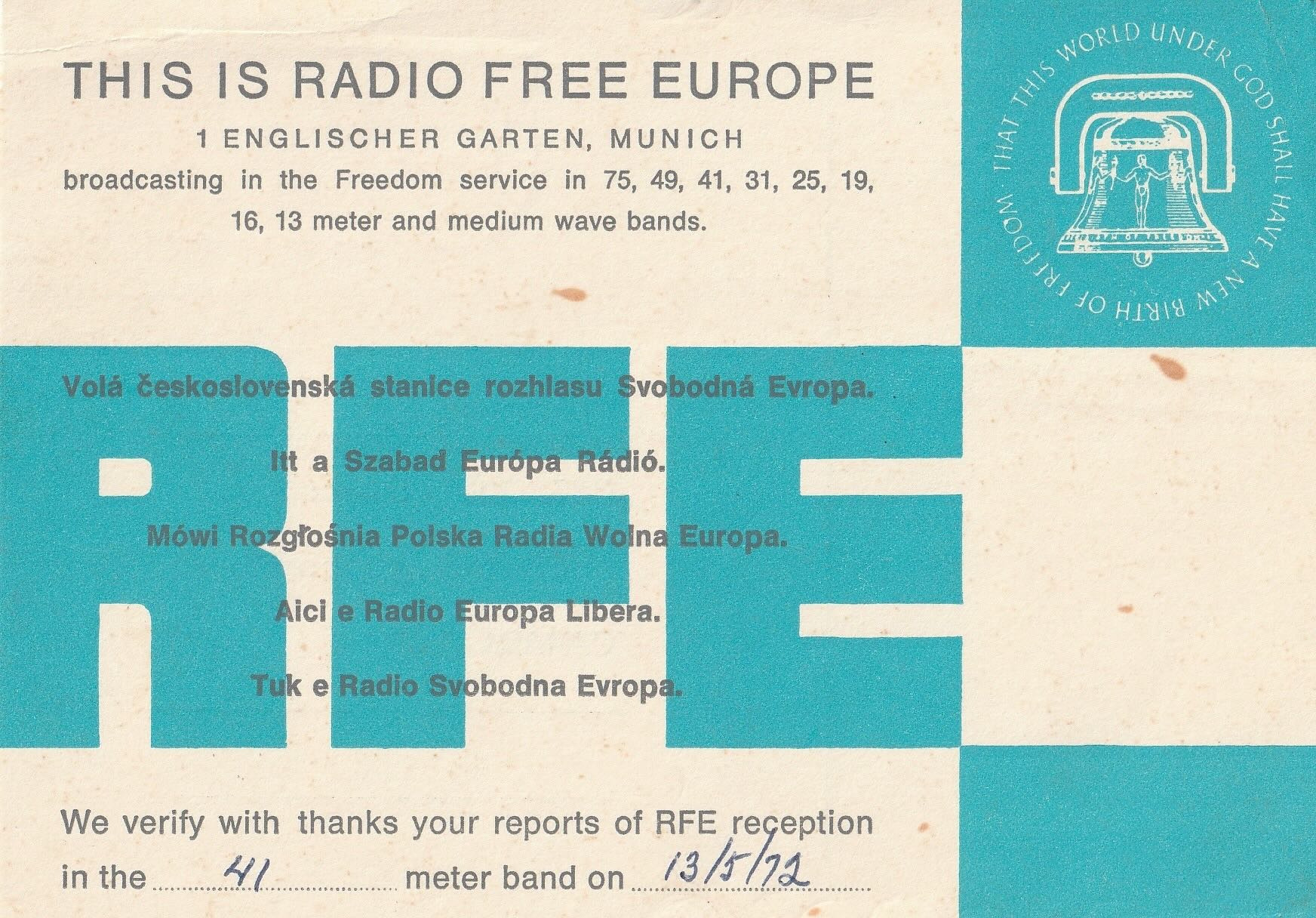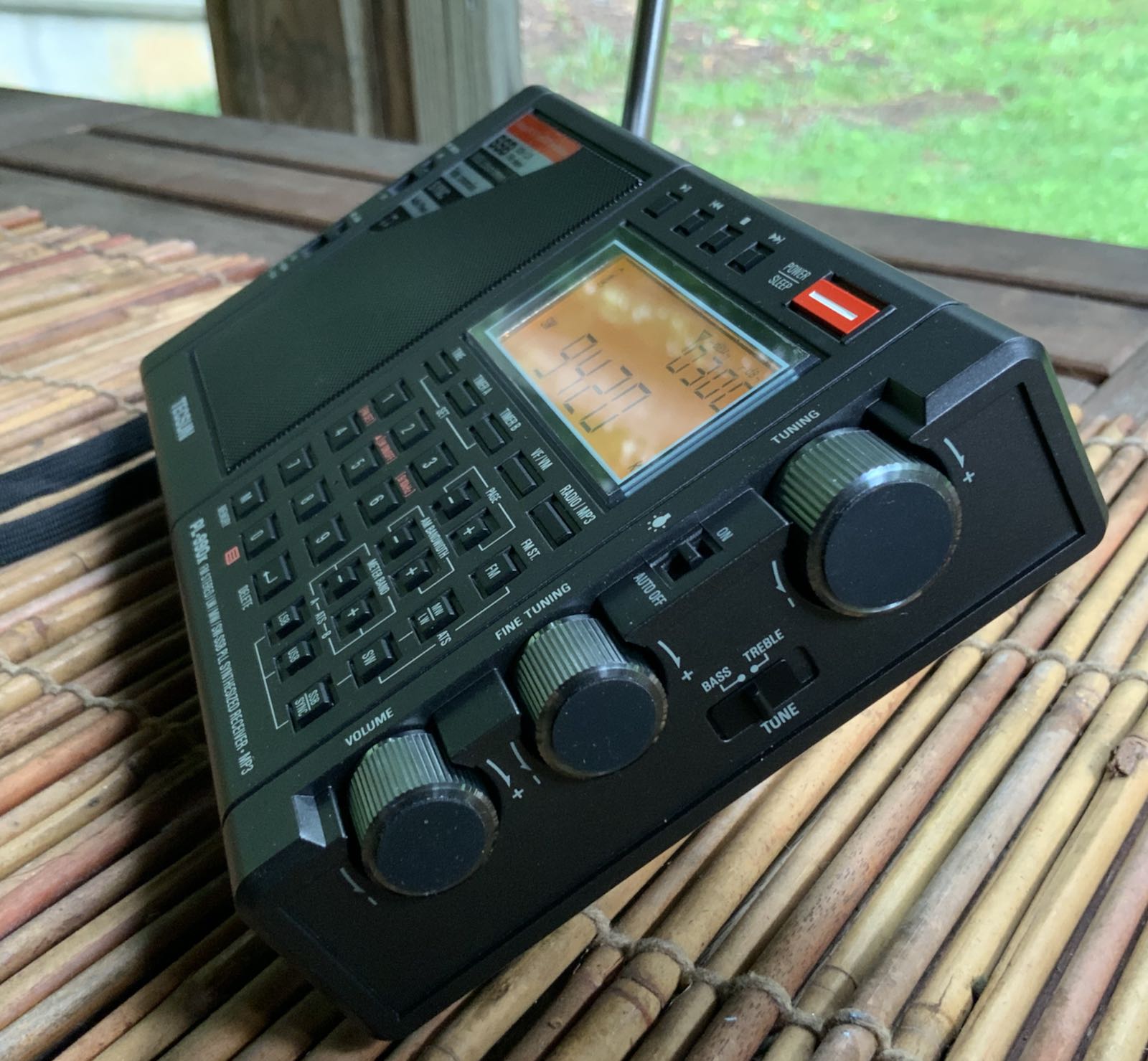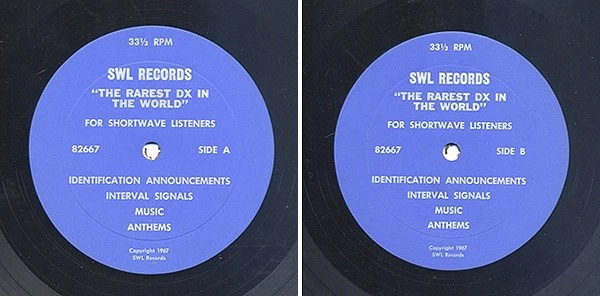 Many thanks to SWLing Post contributor Bruce, who writes:
Many thanks to SWLing Post contributor Bruce, who writes:
Hi Thomas,
I came across this item on eBay and then found a copy on YouTube:
Enjoy!
– Bruce F.
Wow–what a nostalgic treat! Thank you for sharing, Bruce!
The eBay seller listed all of the broadcasters on the recording:
Side “A”
-
- RadioNepal, Kathmandu, Nepal [00:00]
- Radio Thailand, Bangkok,Thailand [04:10]
- Fiji Broadcasting Commission, Suva, Fiji[07:09]
- Voice of Kenya, Nairobi, Kenya [09:53]
- Radiodiffusion du Togo, Lome, Togo [11:57]
- Sierra Leone Broadcasting Service, Freetown, Sierra Leone [16:55]
- Radiodiffusion-Television Belge, Brussels, Belgium [18:27]
Side “B”
-
- RadioVietnam, Saigon, South Vietnam [00:00]
- Radio Hong Kong, HongKong [3:45]
- Radio Wewak (VL9CD), Wewak, Papua New Guinea[04:19]
- Voice of Tarawa /Gilbert & Ellice IslandsBroadcasting Service (VTW2), Tarawa [07:35]
- Radio CookIslands, Rarotonga, Cook Islands [12:36]
- Radio Mauritania,Nouakchott, Mauritania [16:22]
- Radio Andorra, Roc Des Anellettes, Andorra [18:01]
I’m wondering if any readers have a copy of this record and can share a photo of the jacket notes. I haven’t been able to find a clear image of the back cover online. I’m interested in finding out who produced the album—any information would be appreciated!


